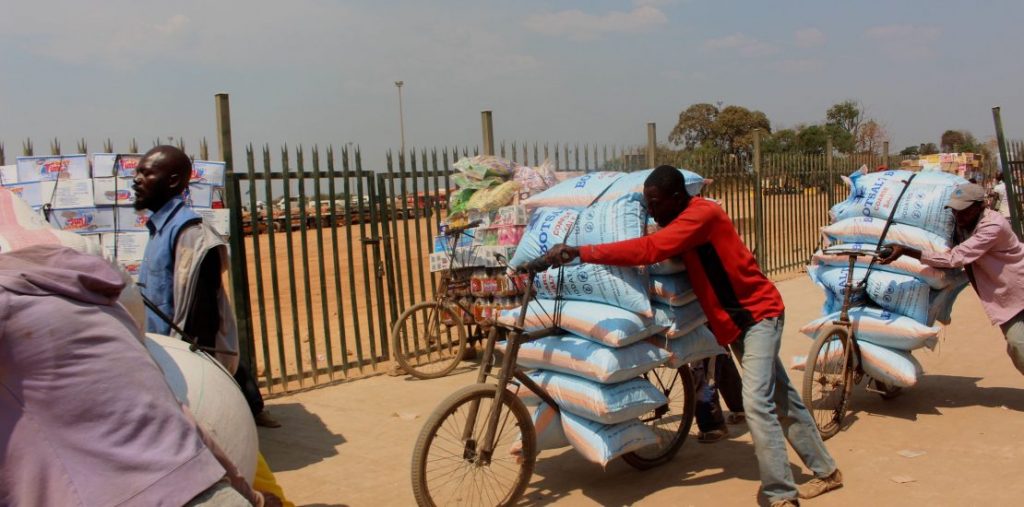
It has been discovered that lack of market infrastructure near borders reduces the connection between traders and customers. In addition, poor quality, or absence of, storage facilities often result in traders selling perishable stock at losses to prevent spoilage. Women cross border traders who deal primarily with low value, perishable primary products are particularly susceptible to this occurrence. This is clearly not conducive environment to have a competitive business.
To help alleviate the problem, the COMESA Secretariat and other stakeholders such as the Cross Border Trade Associations (CBTA) undertook detailed needs assessments (under EDF 11 SSCBTI Result Area 5) at selected border areas which include: Mwami/Mchinji, Kasumbalesa, Chirundu and Tunduma/Nakonde, to identify infrastructure that will support small scale cross border traders to trade with ease, reduce trading times and costs and improve the general livelihoods of border communities and other people who depend on cross border trade to earn a living.
The study which took place from 20 to 24 January 2020 at Rubavu Cross-Border Market, Rwanda was spearheaded by Mr. Tasara Musorori, Ms. Moreblessing Loxton, a Cross Border Trade and Infrastructure Expert and Mr. James Tajebwa.
The main objective of the mission was to collect bench marking data that will form an evidence base for the technical recommendations to stakeholders who have submitted preliminary designs and bills of quantities for reviewing and advice. Furthermore, the benchmarking data will assist to support further steps arising from the findings and recommendations of the detailed needs assessments.
During the tour the team reviewed the operations and infrastructure that support small scale cross border trade initiative in Rwanda and Congo DR at Rubavu/Goma OSBP.as well the operating model between Cooperatives and the local authorities at Rubavu Cross Border Market to enable evidence-based technical advice to CBTAs and local authorities who have provided land for border market construction, including management structure and security arrangements.
The team also reviewed the process taken from needs identification, feasibility studies, concept designing, detailed designing, construction and operating of the border markets, including lessons learnt and areas of improvement.
The needs assessments have come up with border specific recommendations of the infrastructure that will be developed and delivered at Chirundu, on both the Zambian and Zimbabwean sides; Mwami, at Chipata; Kasumbalesa, on both the Zambian and DR Congo sides, and Nakonde on the Zambian side.
A total of six sites have been identified for construction of border markets and highlevel concept or preliminary designs will be required to form the basis of feasibility studies at the identified site.
The outcomes of the feasibility study will inform the detailed designs and form the basis of preliminary costs for each site. It is on this background that the Secretariat carried out a study tour to benchmark and collect evidence of good practice and lessons learnt at the Rubavu/Goma border market in Rwanda.

